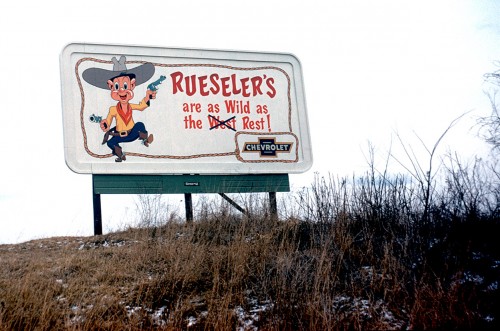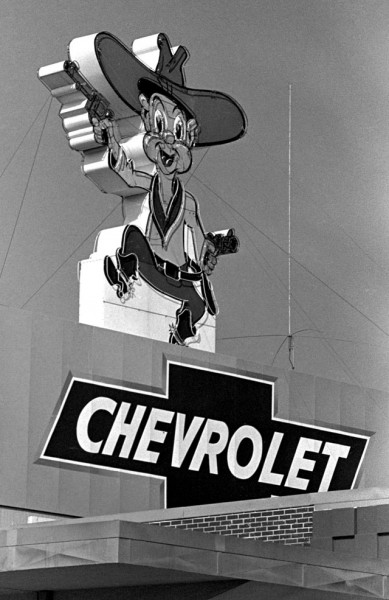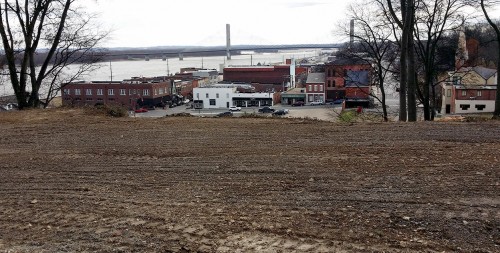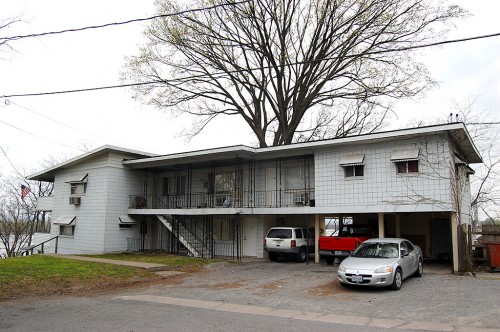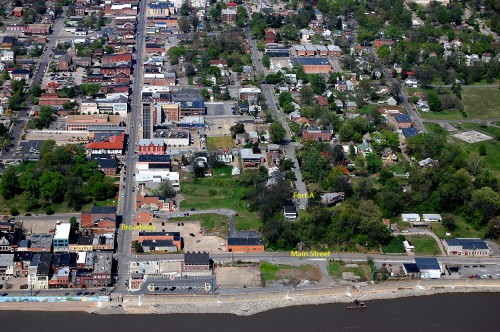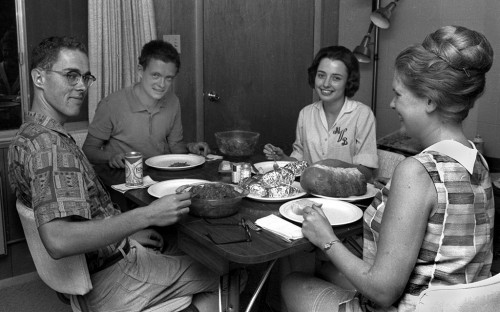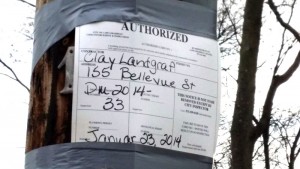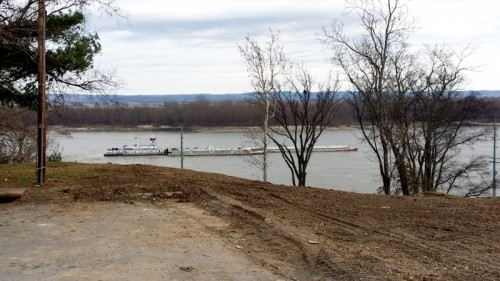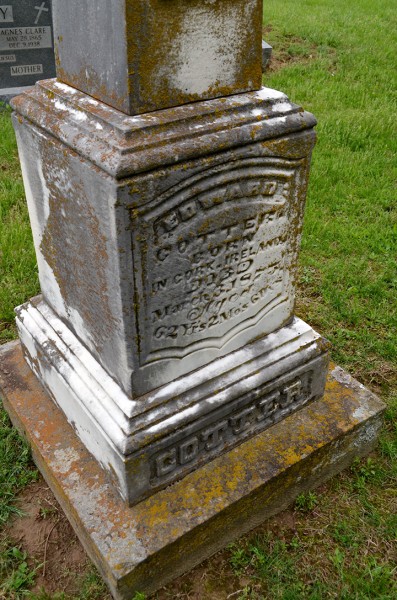 Wife Lila was shuffling some stuff around this afternoon and ran across this pile of patches. (You can click on the photo to make it larger.)
Wife Lila was shuffling some stuff around this afternoon and ran across this pile of patches. (You can click on the photo to make it larger.)
When the Kid Matt and Kid Adam were in middle school and early high school, they had denim jackets that Lila would decorate with patches we had picked up from our travels and from Scouts. The ones on the left are mostly Scout patches; the ones on the right include a lot we got from our Great Family Vacation Out West in 1990.
When the kids outgrew their jackets, their mother would painstakingly take off the old patches and either move them to a new jacket or replace them with newer souvenirs.
The kids got T-shirts from me
 When I was on the road, I’d look for custom T-shirts. If there was any kind of big event going on, some entrepreneur would come up with a design, run off a couple hundred shirts and skip town before anybody came around checking if he had a license. I saw a T-Shirt guy get rousted by a couple of cops in Key West during the Boatlift. After a few minutes of conversation, the cops walked off with shirts and the guys were given two days to get out of town (by that time their stock would be gone).
When I was on the road, I’d look for custom T-shirts. If there was any kind of big event going on, some entrepreneur would come up with a design, run off a couple hundred shirts and skip town before anybody came around checking if he had a license. I saw a T-Shirt guy get rousted by a couple of cops in Key West during the Boatlift. After a few minutes of conversation, the cops walked off with shirts and the guys were given two days to get out of town (by that time their stock would be gone).
They were usually cheap – $3 or $4 apiece – they were easy to pack, and they were unlikely to be worn by any other kid in their classes.
In that category: Cuban Boatlift; the Whigham, Georgia, Rattlesnake Roundup; Wheeler’s Bar’s Million-Dollar Log; the Pope’s visit to Miami; all kinds of hurricane commemorative shirts; Don’t Mess with Texas, and one from Two Egg, FL. I have two large plastic containers of shirts in the top of the closet just waiting for a quilt or something to spring from them.
That’s Grandson Malcolm in a Bunny Bread T-shirt picked up in Cape at the Used Bread Store. He’s a lot cuter nowadays. His father, Matt, is, well, older.

